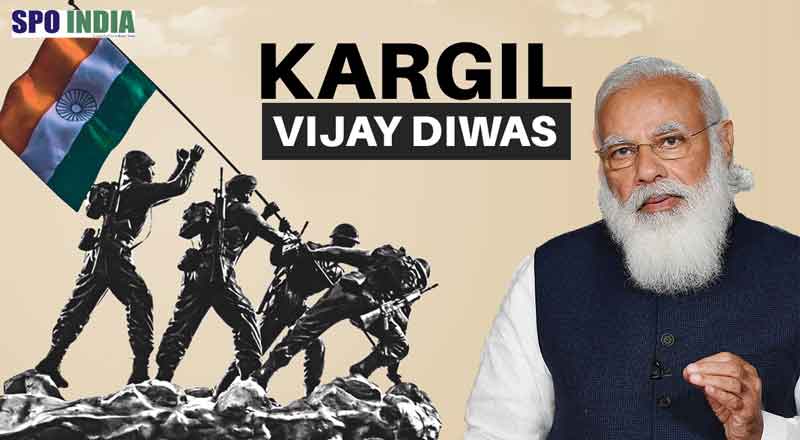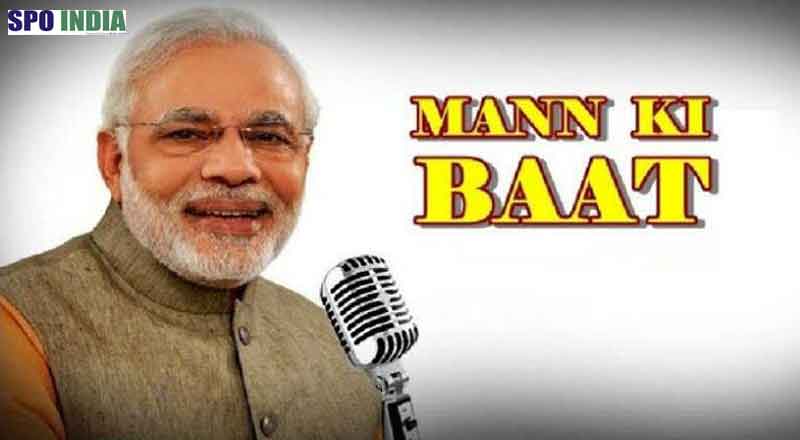Kavach is an indigenously developed Automatic Train Protection (ATP) system. Kavach is a highly technology intensive system, which requires safety certification of highest order. Kavach aids the loco pilot in train running within specified speed limits by automatic application of brakes in case Loco Pilot fails to do so and also help the train safely run during inclement weather.
The first field trials on the passenger trains were started in February 2016. Based on the experience so gained and Independent Safety Assessment of the system by a 3rd party (Independent Safety Assessor: ISA) three firms were approved in 2018-19, for supply of Kavach. Subsequently Kavach was adopted as a National ATP system in July 2020. Kavach has so far been deployed on 1465 Route km and 139 locomotives (including Electric Multiple Unit rakes) on South Central Railway on following sections:
i. Lingamapalli – Vikarabad – Wadi and Vikarabad – Bidar section (265 Rkm).
ii. Manmad-Mudkhed-Dhone-Guntkal section (959Rkm)
iii. Bidar-Parbhani section (241Rkm)
Presently Kavach tenders have been awarded for Delhi – Mumbai & Delhi – Howrah corridors (approximately 3000 Route km) and work is in progress on these routes.Indian Railways has also taken up preparatory works including survey, Detailed Project Report (DPR) and preparation of detailed estimate on another 6000 RKm. Presently there are three Indian OEMs who are approved for Kavach. Efforts are being made to develop more OEMs to enhance the capacity and scale up the implementation of Kavach.
Indian Railways gives top priority to safety in train operations. In order to enhance the level of safety Indian Railway have taken a number of steps, some of which are as given below-
i. Electrical/Electronic Interlocking Systems with centralized operation of points and signals have been provided at 6498 stations upto 31.10.2023.
- Interlocking of Level Crossing (LC) Gates has been provided at 11137 level Crossing Gates upto 31.10.2023.
- Complete Track Circuiting of stations to enhance safety for verification of track occupancy by electrical means has been provided at 6548 stations upto 31.10.2023.
- Locomotives are equipped with Vigilance Control Devices (VCD) to ensure alertness of Loco Pilots.
- Retro-reflective sigma boards are provided on the mast which is located between two OHE masts prior to the signals in electrified territories to warn the crew about the signal ahead when visibility is low due to foggy weather.
- A Global Positioning System (GPS) based Fog Safety Device (FSD) is provided to loco pilots in fog affected areas which enables loco pilots to know the distance of the approaching landmarks like signals, level crossing gates etc.
- Modern track structure consisting of 60kg, 90 Ultimate Tensile Strength (UTS) rails, Pre-stressed Concrete Sleeper (PSC) Normal/Wide base sleepers with elastic fastening, fanshaped layout turnout on PSC sleepers, Steel Channel/H-beam Sleepers on girder bridges is used while carrying out primary track renewals.
- Mechanisation of track laying activity through use of track machines like PQRS, TRT, T-28 etc to reduce human errors.
- Maximizing supply of 130m/260m long rail panels for increasing progress of rail renewal and avoiding welding of joints, thereby ensuring safety.
- Laying of longer rails, minimizing the use of Alumino Thermic Welding and adoption of better welding technology for rails i.e. Flash Butt Welding.
- Monitoring of track geometry by OMS (Oscillation Monitoring System) and TRC (Track Recording Cars).
- Patrolling of railway tracks to look out for weld/rail fractures.
- The use of Thick Web Switches and Weldable Cast Manganese Steel (CMS) Crossing in turnout renewal works.
- Inspections at regular intervals are carried out to monitor and educate staff for observance of safe practices.
- Detailed instructions on issues related with safety of Track e.g. integrated block, corridor block, worksite safety, monsoon precautions etc. have been issued.
- Preventive maintenance of railway assets (Coaches & Wagons) is undertaken to ensure safe train operations and to keep a check on Rail Accidents across the country.
- Replacement of conventional Integral Coach Factory (ICF) design coaches with Linke Hofmann Busch (LHB) design coaches is being done.
- All unmanned level crossings (UMLCs) on Broad Gauge (BG) route have been eliminated by January 2019.
- Safety of Railway Bridges is ensured through regular inspection of Bridges. The requirement of repair/rehabilitation of Bridges is taken up based upon the conditions assessed during these inspections.
- Indian Railways has displayed Statutory “Fire Notices” for widespread passenger information in all coaches. Fire posters are provided in every coach so as to inform and alert passengers regarding various Do’s and Don’ts to prevent fire. These include messages regarding not carrying any inflammable material, explosives, prohibition of smoking inside the coaches, penalties etc.
- Production Units are providing Fire detection and suppression system in newly manufactured Power Cars and Pantry Cars and Fire and Smoke detection system in newly manufactured coaches. Progressive fitment of the same in existing coaches is also underway by Zonal Railways in a phased manner.
Owing to these steps, there has been a significant improvement in the safety performance of Indian Railways over the years, as shown below.





